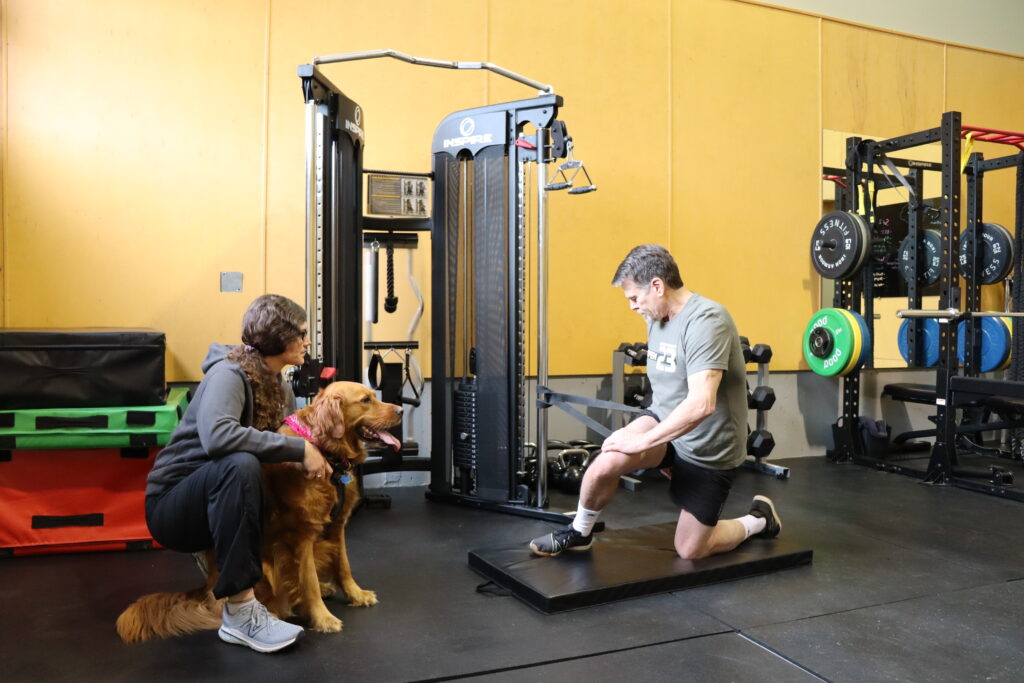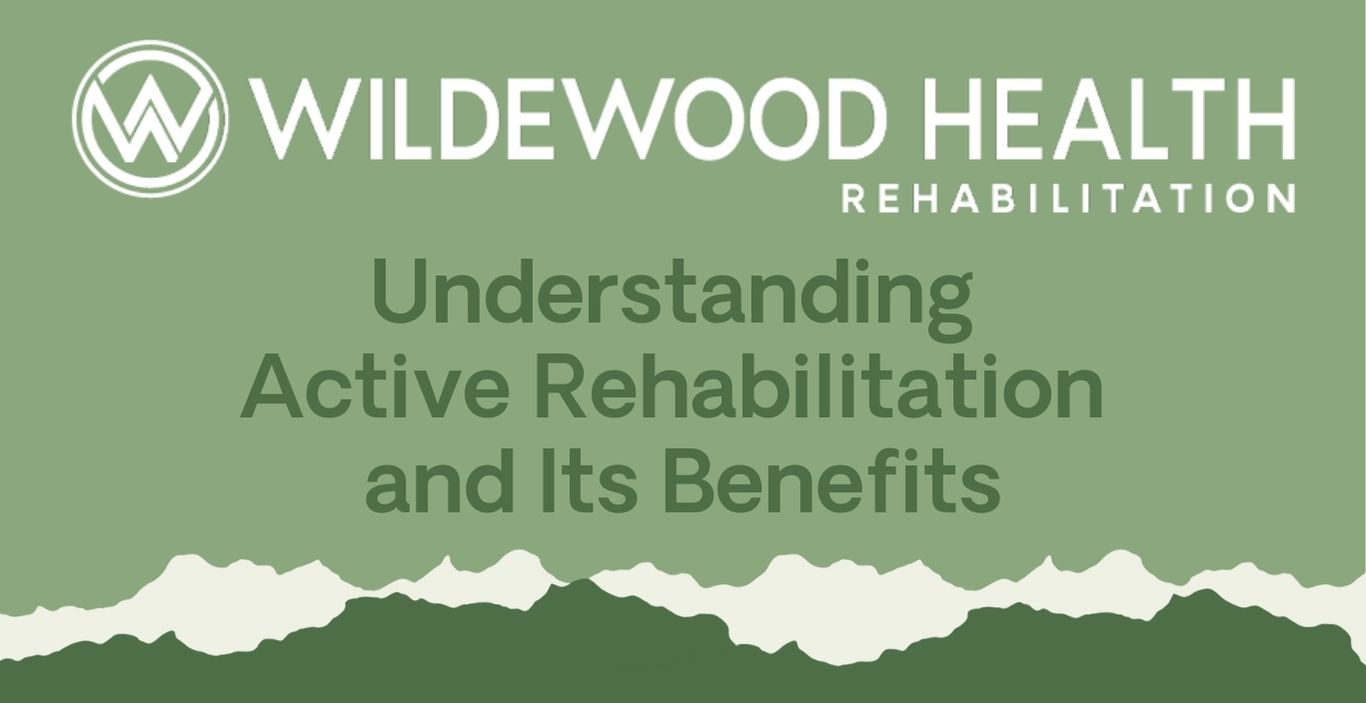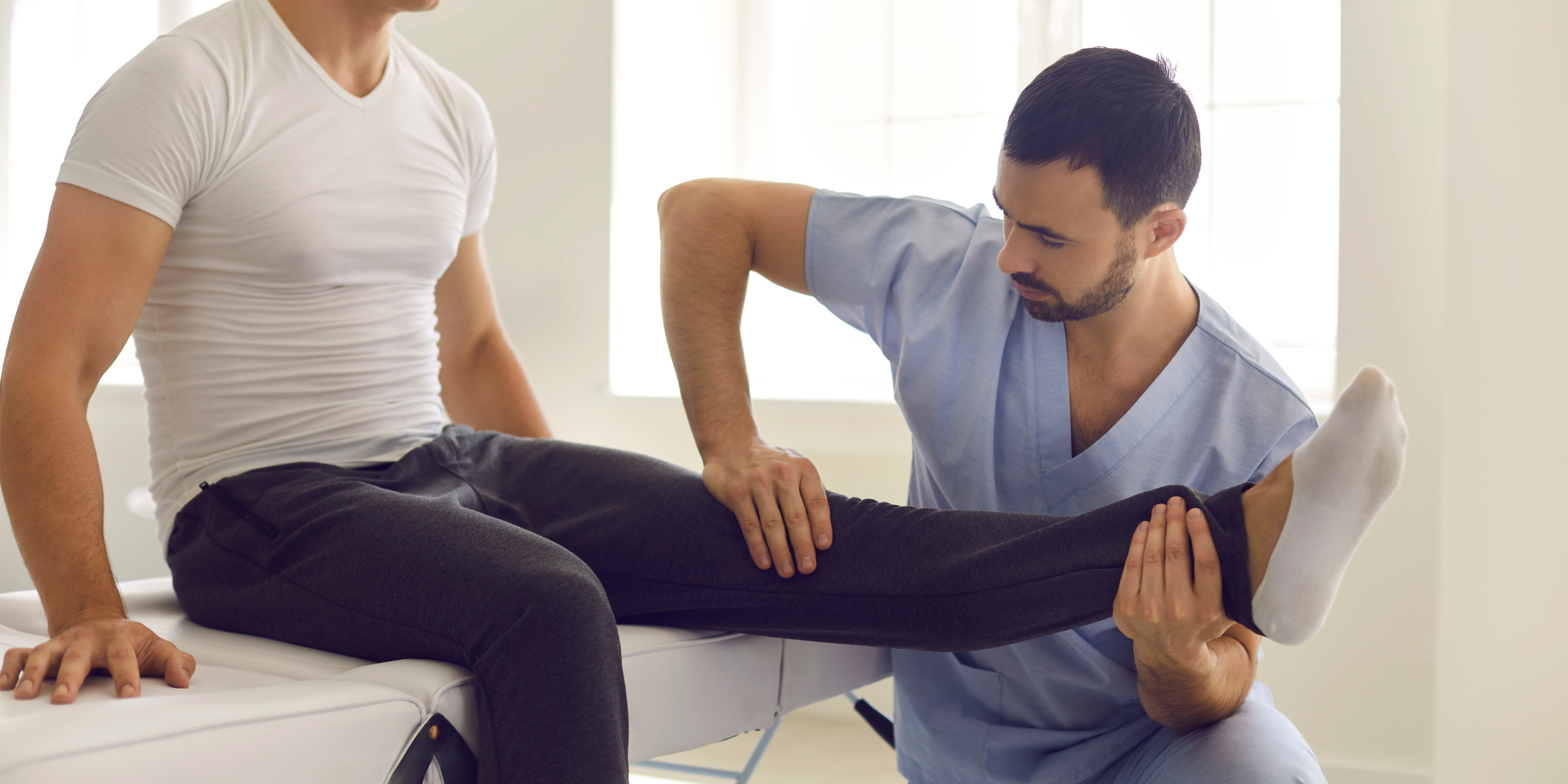Active rehabilitation is a dynamic and proactive approach to recovery that emphasizes movement and exercise as key components in the healing process. Unlike passive rehabilitation methods that rely on treatments such as massage or heat therapy, active rehabilitation empowers individuals to take an active role in their recovery journey. This approach is grounded in the principles of exercise therapy, kinesiology, and athletic therapy, making it highly effective for a wide range of conditions and injuries.
What is Active Rehabilitation?
Active rehabilitation is a comprehensive program designed to restore function, improve mobility, and enhance overall physical health through targeted exercises. It involves a structured plan tailored to an individual’s specific needs and goals. This approach is beneficial for individuals recovering from injuries, surgeries, or chronic conditions that affect their musculoskeletal system.
At its core, active rehabilitation focuses on improving strength, flexibility, balance, and coordination. The goal is not just to alleviate pain but to address the root cause of the problem, ensuring long-term recovery and preventing future injuries.
The Role of Exercise Therapy
Exercise therapy is a cornerstone of active rehabilitation. It involves a series of carefully selected exercises that aim to improve the function and performance of the affected area. These exercises are designed to:
- Increase Strength: Strengthening exercises target specific muscle groups to enhance their power and endurance. This is crucial for supporting joints and reducing the risk of re-injury.
- Improve Flexibility: Stretching exercises help to maintain or increase the range of motion in joints and muscles. This can alleviate stiffness and improve overall mobility.
- Enhance Balance and Coordination: Balance exercises are essential, especially for individuals recovering from lower limb injuries or surgeries. Improving balance can prevent falls and other complications.
- Boost Cardiovascular Health: Aerobic exercises, such as walking or cycling, improve cardiovascular fitness, which is important for overall health and well-being.
The Science of Kinesiology in Rehabilitation
Kinesiology, the study of human movement, plays a pivotal role in active rehabilitation. By understanding how the body moves, kinesiologists can design exercises that optimize recovery and performance. Kinesiology involves analyzing movement patterns, muscle activity, and joint function to create effective rehabilitation programs.
In active rehabilitation, kinesiologists assess the individual’s movement mechanics to identify any dysfunctions or imbalances. They then develop a personalized exercise plan that addresses these issues, promoting proper movement patterns and reducing the risk of future injuries.

Integrating Athletic Therapy
Athletic therapy is another key component of active rehabilitation, particularly for athletes and physically active individuals. Athletic therapists specialize in the prevention, assessment, and treatment of musculoskeletal injuries. They use a combination of manual therapy, exercise prescription, and education to help individuals recover and return to their activities safely.
Athletic therapy in active rehabilitation focuses on:
- Injury Prevention: Educating individuals on proper techniques and exercises to prevent injuries.
- Performance Enhancement: Designing programs that not only aid recovery but also enhance athletic performance.
- Functional Training: Implementing exercises that mimic the movements and demands of specific sports or activities.
Benefits of Active Rehabilitation
Active rehabilitation offers numerous benefits, including:
- Faster Recovery: Active engagement in the recovery process can lead to quicker healing and return to normal activities.
- Reduced Pain: Regular exercise and movement can help alleviate pain and discomfort.
- Improved Function: Strengthening and stretching exercises enhance overall physical function and mobility.
- Prevention of Future Injuries: By addressing the root causes of dysfunction, active rehabilitation reduces the risk of re-injury.
- Empowerment: Patients take an active role in their recovery, leading to a greater sense of control and confidence.
In conclusion, active rehabilitation is a powerful and effective approach to recovery that leverages the principles of exercise therapy, kinesiology, and athletic therapy. By focusing on movement and exercise, individuals can achieve long-term health and wellness, overcoming injuries and improving their quality of life. Whether you are an athlete recovering from a sports injury or someone dealing with chronic pain, active rehabilitation can provide the tools and support you need to reclaim your health and vitality.
At Wildewood Health, our staff of Physiotherapists, Kinesiologists and Athletic Therapists are here to help you get the most out of your body, so contact us today and we’ll get to work.






